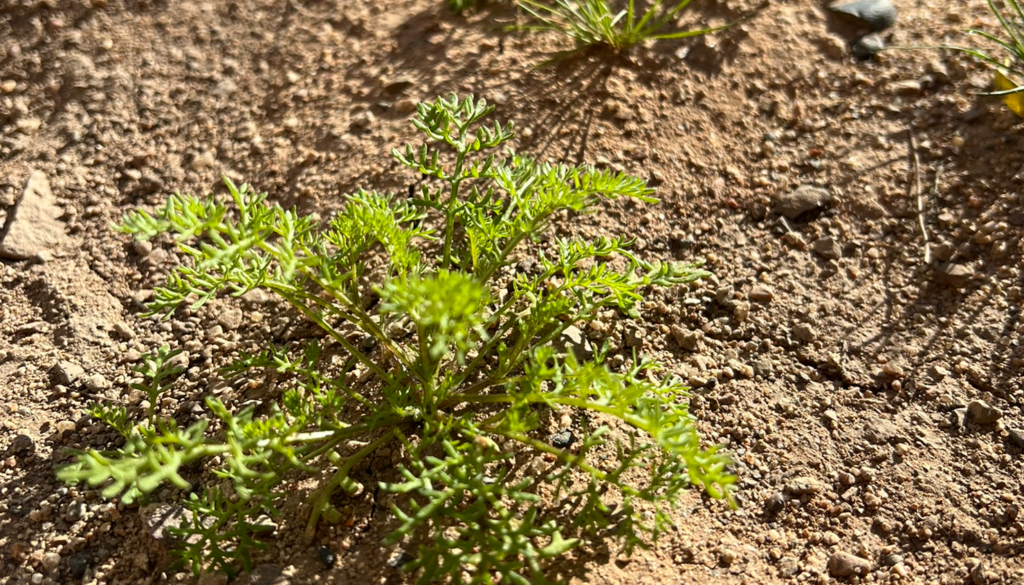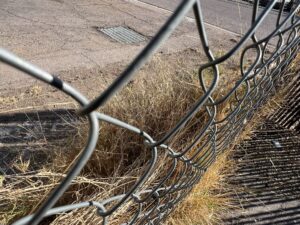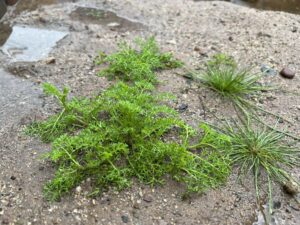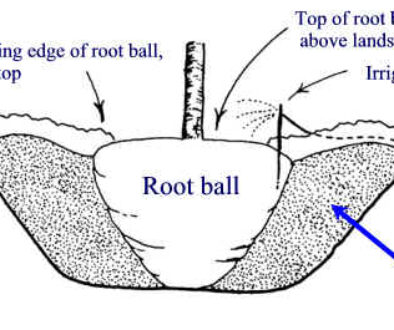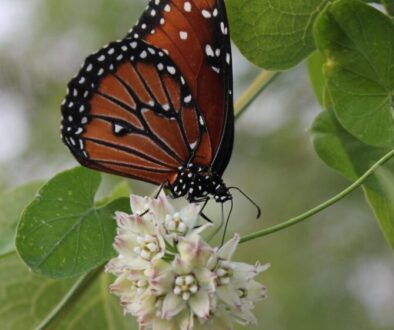Spotting Invasive Weeds in Arizona Yards
As we transition from winter rains and frosts to springtime blooms, it’s important to know what we’re looking at when we see flowers in our yards and on the sides of streets. Sometimes, a pretty flower is actually an invasive species – a plant not native to our ecosystem that competes with (and sometimes defeats) native plants. Invasive flowers and grasses in particular interrupt the lifestyle of iconic Sonoran Desert animals as well; starving desert tortoises and keeping quail from walking on the ground, among other dangers. They can also drastically increase the risk and severity of wildfires. Overall, it’s vital to keep invasive species off your property whenever possible.

The plant biodiversity of any given place changes constantly in the long term. A species is only “invasive” when it was brought from one area to another by human activity and it disrupts the equilibrium of the previously existing ecosystem.
There are a few invasive trees that cause problems by lowering biodiversity and preventing the growth of native species.
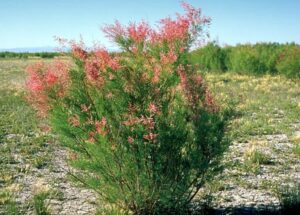
The Salt Cedar (Tamarix ramosissima) is a tall shrub or medium tree that grows mostly in washes and other wet areas, which spreads rapidly to block water flow and increase fire risk.
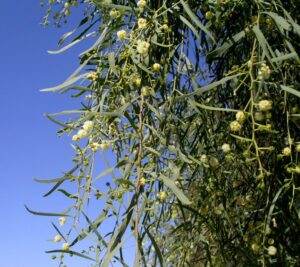
The Weeping Acacia (Acacia salicina) is generally considered “benign,” but can quickly reseed and overwhelm any area near a water source. They typically don’t spread very far, and are often still used as trees in landscaping. This is probably the least harmful tree on the list.
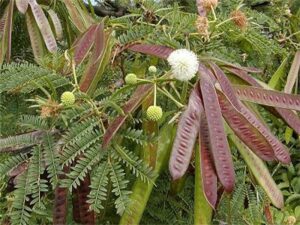
The Lead Tree (Leucaena leucocephala) may look like a mesquite or acacia, but is actually one of the worst invasive trees in Arizona.
The invasive bushes and flowers of Arizona are arguably much more harmful, as they spread into the wilderness and are not restricted to washes and wet areas.
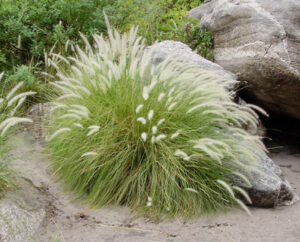
One of the worst offenders in the past few decades is the Fountain Grass (Pennisetum setaceum). Its purple variant is fine to plant, but its natural form outcompetes native species throughout the desert.

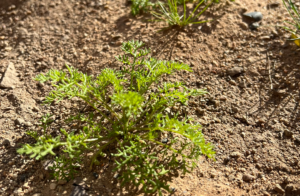
Globe Chamomile (Oncosiphon piluliferum) is the most recent invader to Arizona. It looks like a cute wildflower blooming in little gold spheres. However, it’s certainly the most harmful plant on this list and needs to be removed on sight.
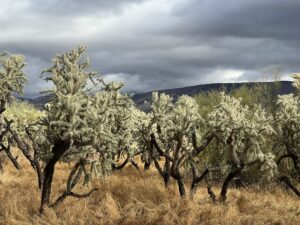
It may look pretty while it blooms, but it actively harms the wildlife of the Sonoran Desert by being inedible and clogging the ground with flammable brush that can catch fire easily during the summer. Pick it before it blooms to prevent its spread. As an identification tip, its young leaves look a bit like carrot leaves.
Several other grasses and flowers are also invasive: Brome Grass, Buffelgrass, Camelthorn, and various Thistles (including the famous “tumbleweed”) are among the most problematic for the ecosystem.
For some lists of invasive plants that should be removed on sight, check out the Arizona Department of Forestry and Fire Management’s Invasive Species list at https://dffm.az.gov/forestry-community-forestry/forest-health/invasive-plants or the University of Arizona Cooperative Extension’s Invasive Species Program at https://extension.arizona.edu/pima-invasive-species-program for more information. Removing invasive species will improve the health of your property’s landscaping and slow the spread of these species while scientists develop strategies to mitigate their impact on the ecosystem.
At ELS Maintenance & Construction, we do what we can to prevent the germination and spread of invasive species at our communities and commercial properties with herbicides, manual pulling, and pre-emergent weed killer. If you know of a community or commercial center that needs new landscapers, contact contactus@evergreenaz.com and we can get started!

